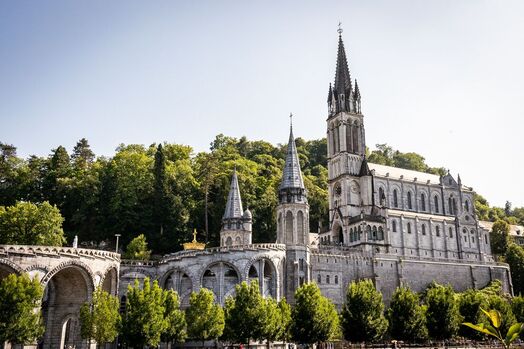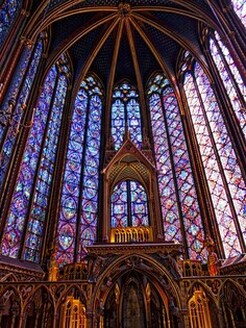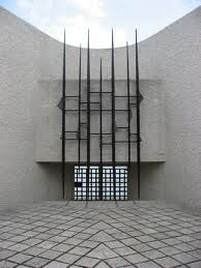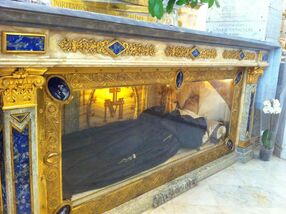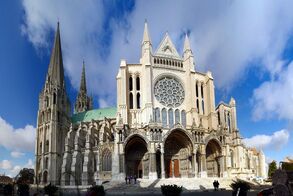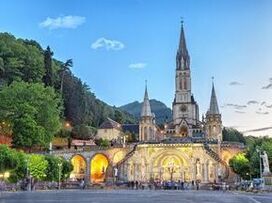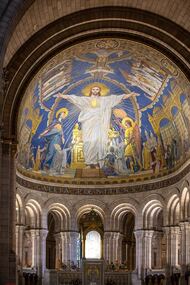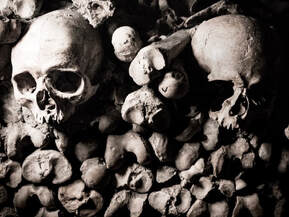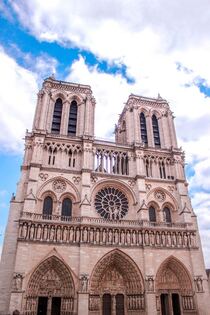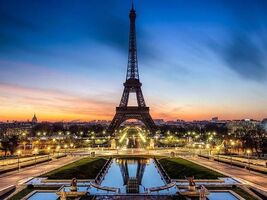Experience France
Significant Feast Days
|
9-Day Itinerary
Day 1 Depart your city for Paris
Day 2 Arrive in Paris, check into lodging, walk the ancient center of Paris visiting Notre Dame (exterior only), Ste. Chapelle, evening at the Basilica of the Sacre Coeur
Day 3 Pray at the shrine of the Miraculous Medal, witness the incorrupt body of St. Catherine Laboure, followed by a visit to St. Vincent de Paul, evening at the Eiffel Tower
Day 4 Make a day trip to Lisieux to enter into the life of St. Therese the Little Flower. Enjoy a free afternoon in this charming town, then return to Paris for the evening.
Day 5 Take a morning train or bus to Lourdes, evening candle light procession in honor of Our Lady (time permitting)
Day 6 Pray in the triple basilicas of Lourdes and the Grotto of Our Lady, walk the Stations of the Cross in the spirit of St. Bernadette
Day 7 Take time for confession and to Bathe in the sacred waters of Lourdes, spend time with our Lord in Adoration and rest in this holy place
Day 8 Take a morning train or bus to Paris, free evening in Paris
Day 9 Depart Paris for home
Mass will be celebrated daily within the itinerary.
Specific locations and events within the daily itinerary are subject to change depending on actual dates of travel.
Day 2 Arrive in Paris, check into lodging, walk the ancient center of Paris visiting Notre Dame (exterior only), Ste. Chapelle, evening at the Basilica of the Sacre Coeur
Day 3 Pray at the shrine of the Miraculous Medal, witness the incorrupt body of St. Catherine Laboure, followed by a visit to St. Vincent de Paul, evening at the Eiffel Tower
Day 4 Make a day trip to Lisieux to enter into the life of St. Therese the Little Flower. Enjoy a free afternoon in this charming town, then return to Paris for the evening.
Day 5 Take a morning train or bus to Lourdes, evening candle light procession in honor of Our Lady (time permitting)
Day 6 Pray in the triple basilicas of Lourdes and the Grotto of Our Lady, walk the Stations of the Cross in the spirit of St. Bernadette
Day 7 Take time for confession and to Bathe in the sacred waters of Lourdes, spend time with our Lord in Adoration and rest in this holy place
Day 8 Take a morning train or bus to Paris, free evening in Paris
Day 9 Depart Paris for home
Mass will be celebrated daily within the itinerary.
Specific locations and events within the daily itinerary are subject to change depending on actual dates of travel.

